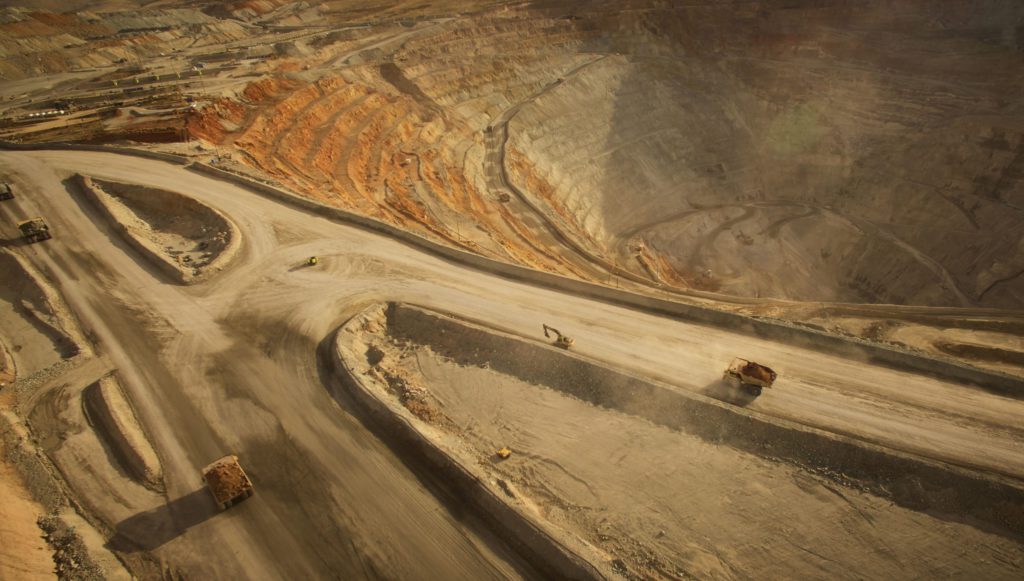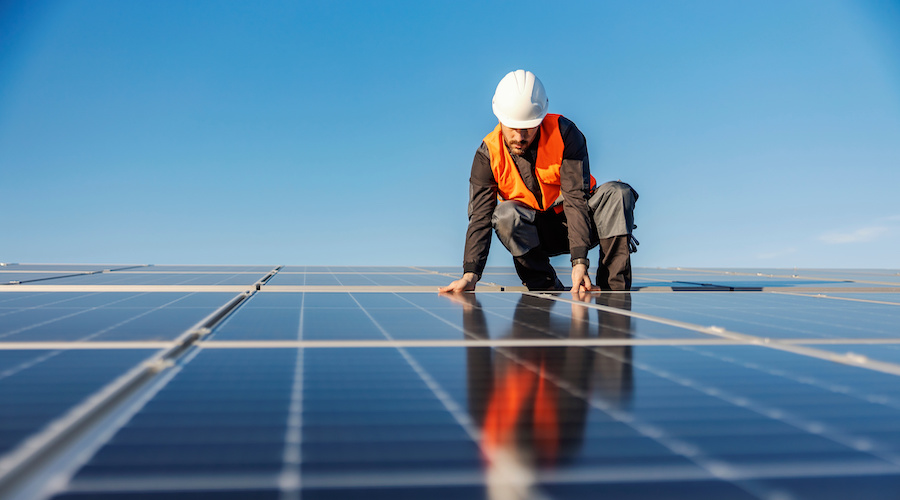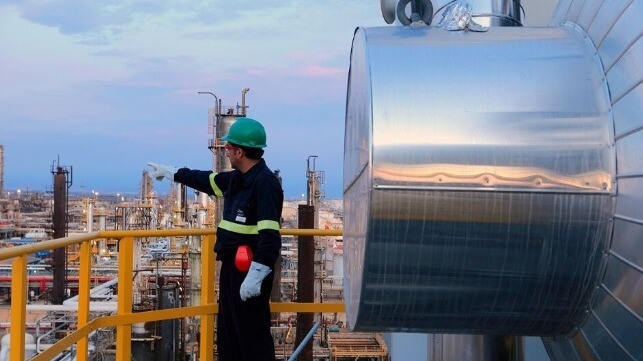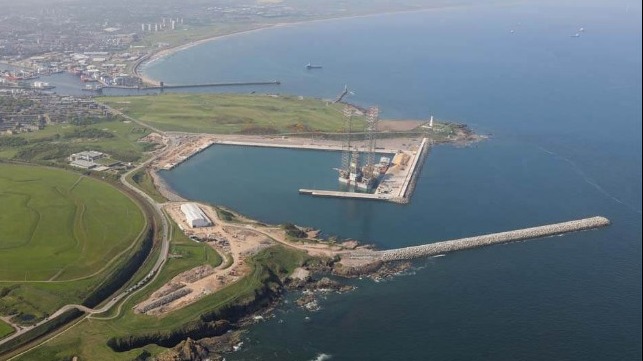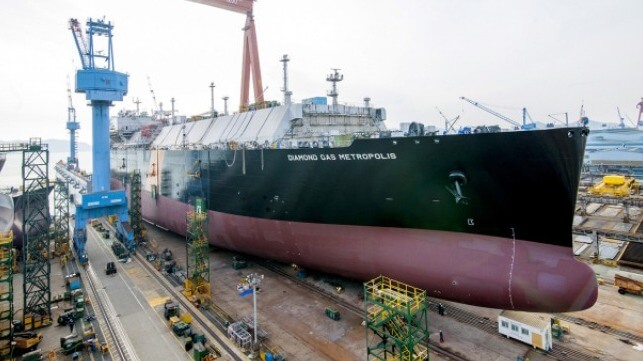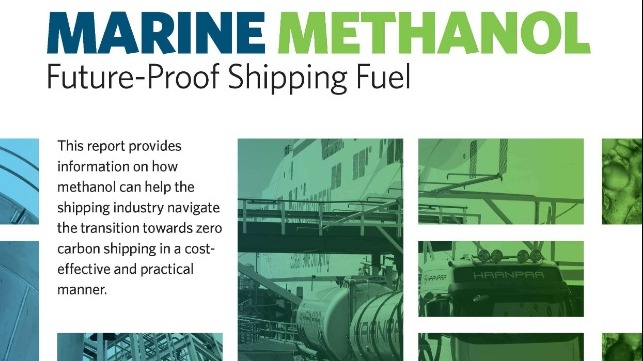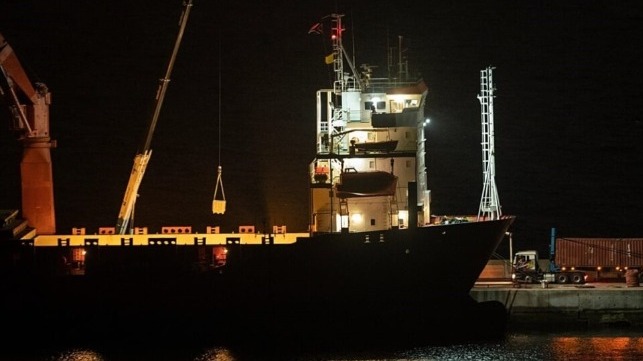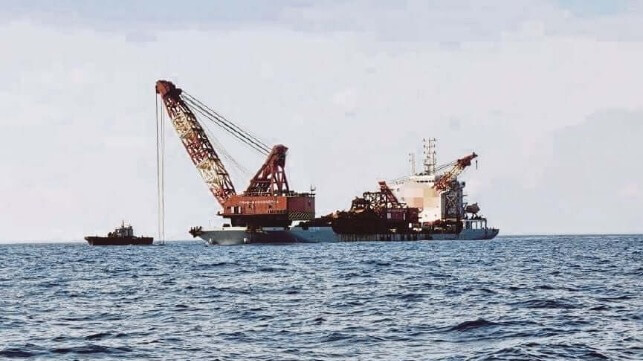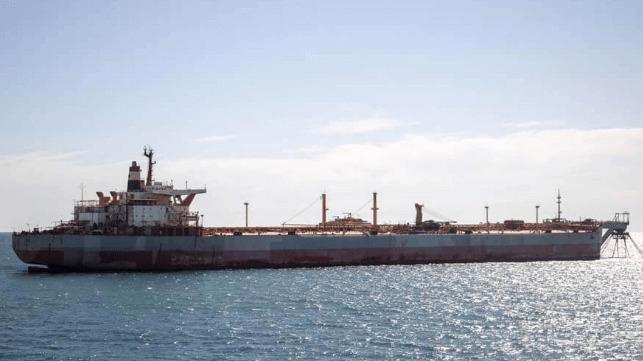Cecilia Jamasmie | May 31, 2023 |
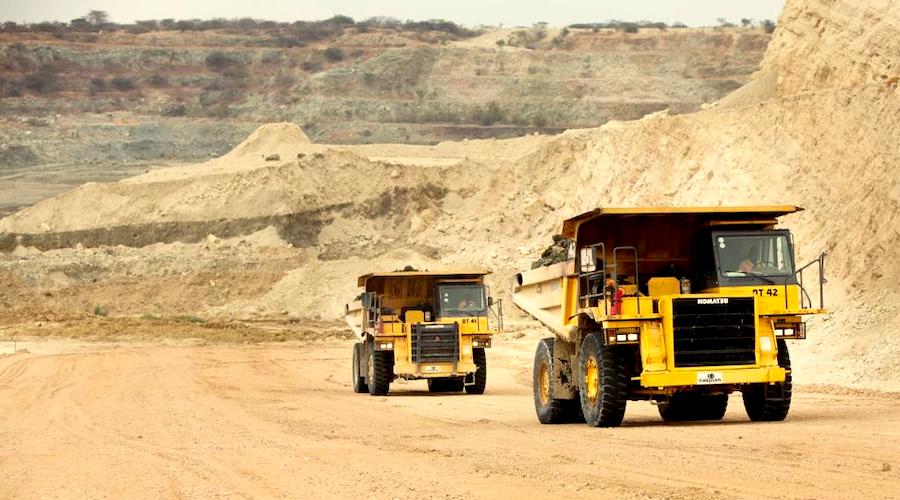
Williamson open pit mine in Tanzania. (Image courtesy of Petra Diamonds | Twitter Feed.)
Petra Diamonds (LON: PDL) said on Wednesday it had inked a definitive deal to sell 50% of its stake in the Williamson diamond mine in Tanzania to local technical services contractor Taifa Mining for $15 million.

The transaction, the diamonds miner said, includes the sale of prorated portion of shareholder loans that its 75%-owned local unit Williamson Diamonds Limited (WDL) owes Taifa for past technical services.
Petra anticipates it will receive the funds in installments over the next five years, after the transaction closes, expected by the end of 2023.
WDL, the operator of the Williamson mine, is currently 25% owned by Tanzania and 75% by Petra, which acquired its majority interest in the operation in 2009.
Petra entered into a framework agreement with the country’s government in December 2021. It was agreed at the time that the miner’s effective interest in WDL would decrease to 63%, boosting Tanzania’s share to 37%.
Upon completion of the transaction Petra and Pink Diamonds, a company affiliated to Taifa, will each indirectly hold a 31.5% interest in WDL, with Petra retaining a controlling interest.
“This new structure will reduce our equity interest in Williamson whilst retaining control and maintaining a share of the upside,” Petra Diamonds chief executive Richard Duffy said in the statement.
“Williamson holds a unique place in the sector with its significant resource base and ability to produce high quality pink diamonds. In a supply constrained sector, this asset has the potential to become increasingly valuable,” Duffy said

BMO analyst Raj Ray said the move is a good one for Petra, given that the bank currently values Williamson at negative $4 million. “Over five years we see it as incrementally positive compared to our estimate,” he said.
The Williamson diamond mine holds the world’s largest kimberlite deposit surface area, with reserves and resources of 37.7 million carats as of 30 June 2022.
In November last year, Petra Diamonds halted operations following the partial collapse of the mine’s tailings storage facility (TSF). The company expects to reopen Williamson in August this year.
The operation has been active since 1940, and it is located in Shinyanga, one of Tanzania’s poorest regions. It produced a 54.5-carat pink diamond presented to UK Queen Elizabeth II for her wedding in 1947.
